by Neil Anderson
For years now I have eschewed the lowly crunch as less-than-adequate and one-dimensional when compared to the situp. Through delirious research and years of experience my insight surrounding real situps and their supreme benefit has caused me to look down on the lowly crunch and nix their usage entirely. Due to this I have scoffed at the inefficiency and lack of functionality of doing crunches for exercise. I have even ridiculed the fiterati as being woefully out of date and less than proficient at their craft when they have suggested the use of crunches (and ONLY crunches to the exclusion of situps) to others.
I have taken a lot of heat for my embrace of the situp (especially in the late 90's when I started doing them with clients). Many medical professionals warned their patients (my clients) to stay away from me. Many more health and fitness professionals followed suit. They were all convinced that I was nothing short of a fitness heretic and should be hunted down with torches and pitchforks to be burned at the stake for all the damage I was surely causing to my clients' lumbar spines, their necks and likely their long term health. Many took measures to stop me. Some still do. Yet my clients became fitter (I choose this as a word). They also became healthier. Their lumbar spines and necks, too. How could this be?
It is because situps are natural movements. We do them. A lot. Full situps, half situps, leg lifts (which are just situps in reverse) and so on. Did you get out of bed this morning? Likely you did a situp to make it happen. Ever get out of low slung Lazy Boy chair that was reclined? You did a situp or, at least half of one to make that happen. Situps happen everywhere and I have discovered that there is no substitute for the magnificent situp when it comes to helping you become ultimately capable of any and all of life's challenges, tasks or rewards. And so we do them. And for almost 10 years ONLY them.
But then a funny thing happened. A couple of weeks ago I was searching for a pre-fatigue exercise to pile onto your workout to make V-UPs more effective. Maybe it was out of nostalgia or perhaps due to my contrarian nature (Yes, sometimes I will be contrarian to the contrary) I decided to program 50 simple CRUNCHES as the pre-fatigue exercise. JEEZE it was hard! Really hard. As hard as I remember the first time I did 50 situps! Then I got sore. 3 days of sore! I couldn't believe it. Many of you said you got sore, too.
This and other things like it have forced me to rethink some things over the last year or so. I have decided to make some changes. I would like you to be in on it (though I'm sure you have noticed changes in your training). Here is the first change (there are many):
I have decided that muscular isolation and/or single joint exercises (crunches, biceps curls, triceps extensions, side lateral raises, etc.) are NOT of the devil. Repeat. Not of the devil! They are not evil, stupid or a waste of time. I have RE-LEARNED that they have their place. They can be quite effective when used properly. AND I intend to USE them in my programming going forward.
This being said, please understand that multi-joint, multi-planar exercises (deadlifts, squats, KB swings, pushups, pullups, etc.) will still contribute to the bulk of our activities. These exercises are far superior in terms of efficiency and effectiveness in general. This is our mandate (effectiveness and efficiency). However, when appropriate and where our mandate applies, I will continue to program single joint/isolation exercises.
This, I won't apologize for to those who (previously like me) have come to eschew them as I once did. Although their methods are woefully out of date (now), I vow to be more understanding of those who have not caught (back) on to the use of these old, efficient and effective exercises. I ask you to be understanding of them too. As the fiterati continue to see your positive, healthy changes they will eventually catch on and follow suit. Just be prepared (as I am) to dodge a few torches and pitchforks along the way.
